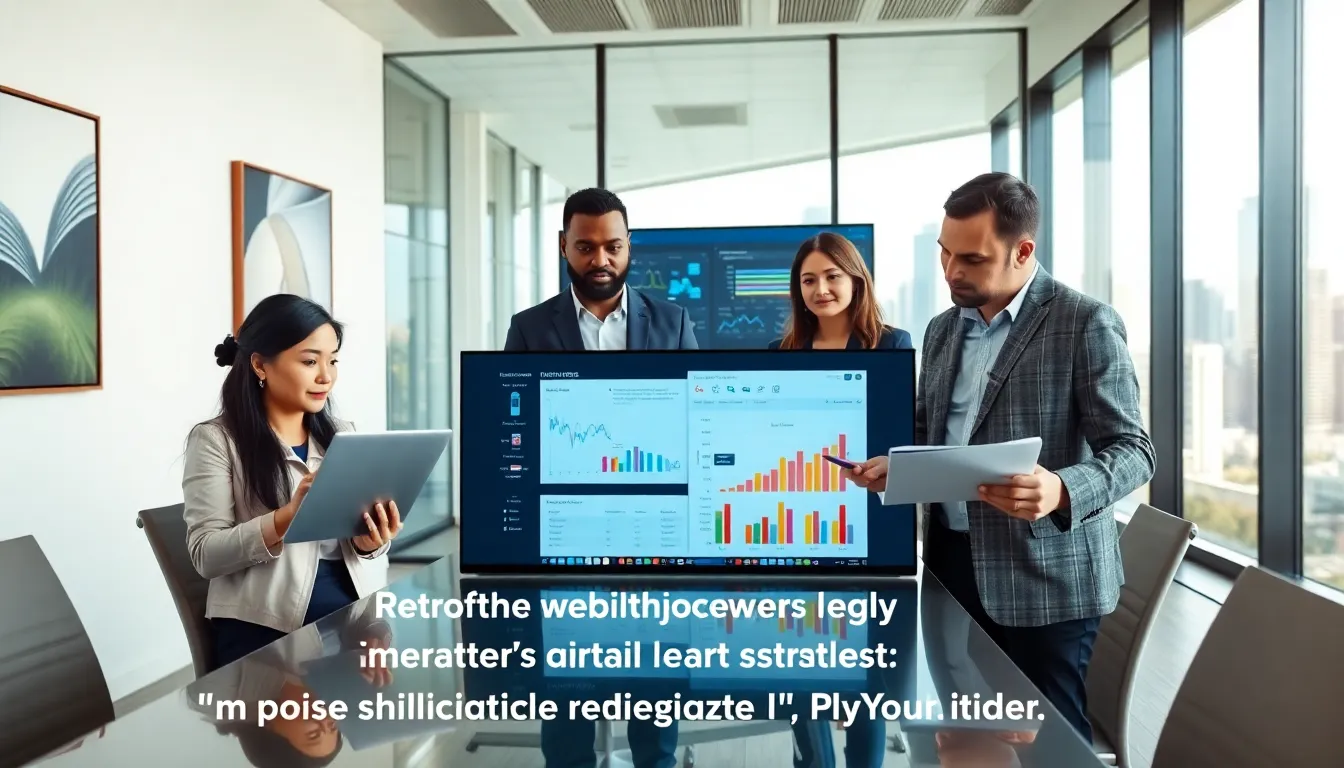In the fast-paced world of technology, having an outdated system can feel like trying to run a marathon with your shoelaces tied together. Enter the Retrofit Legacy WebBizMagnet PLC Python Library, a life-saving tool that promises to streamline your outdated software and transform your operations. It’s like a turbo booster for your existing systems but with less flashing lights and more productivity. So, why not join the modern age without burning a hole in your pocket? Let’s jump into this essential guide that will turn your legacy systems from dusty relics into assets you can use with confidence.
Table of Contents
ToggleUnderstanding Legacy WebBizMagnet PLC Systems

Legacy systems, like those of WebBizMagnet, serve critical functions within organizations, yet they often lag behind modern technological advancements. These systems were designed years ago, possibly with a different programming mindset and often don’t integrate well with current applications. They can be prone to inefficiencies and security risks, making it crucial to understand their architecture and limitations.
When organizations rely on what’s familiar, they often overlook these issues. But, clinging to legacy systems is a bit like holding onto a crumbling building: it may be tempting, but it’s likely to lead to disaster. Understanding the architecture of WebBizMagnet’s PLCs is vital to developing a retrofitting strategy that brings legacy systems into the present.
The Importance of Retrofitting
Retrofitting isn’t just an option: it’s becoming a necessity for businesses wanting to stay competitive. The need for speed, efficiency, and security in software is greater than ever.
By retrofitting legacy systems, organizations can incorporate new technologies without scrapping what already exists. This approach not only saves money, it also minimizes disruption to business operations. Imagine being able to enhance your system’s capabilities while keeping the core functionalities intact. The retrofit process allows companies to modernize at their own pace, granting them the flexibility to adapt to changing market demands while ensuring that employees remain productive.
Overview of the Retrofit Python Library
The Retrofit Python Library is designed specifically to breathe new life into your existing WebBizMagnet PLC systems. Its primary goal is to help communication between legacy systems and modern applications. Think of it as a universal translator for your software.
Key Features of the Retrofit Library
- Seamless Integration: Easily connect your legacy software with new applications, ensuring they can communicate effectively.
- User-Friendly Interface: Designed with simplicity in mind, the library allows developers to integrate advanced functionalities without heavy lifting.
- Enhanced Performance: By using the retrofit library, organizations can reduce latency and improve the response time of existing systems.
Installation and Setup
Getting started with the Retrofit Python Library is straightforward – a key component for gaining quick wins in enhancing legacy systems. Here are the steps to install and set it up:
Using Retrofit with Legacy Systems
- Python Environment: Ensure you have a compatible Python environment. The library performs best with Python version 3.6 or higher.
- Install the Library: Use pip to install the Retrofit library with a simple command line:
pip install retrofit
- Configuration: Once installed, you’ll need to configure the library to fit your specific legacy system environment. This includes setting up connection parameters, such as IP addresses and communication protocols, which will depend on your particular setup.
- Testing: After configuration, run preliminary tests to ensure smooth communication. Address any hiccups during this stage for a seamless operation.
Best Practices for Integration
Integrating the Retrofit Python Library with legacy WebBizMagnet systems requires a strategic approach. Here are some best practices to consider:
- Incremental Updates: Don’t try to overhaul everything at once. Make gradual improvements to allow for testing and adjustments along the way.
- Collaboration: Ensure that all teams, development, operations, and management, are on the same page. Communication enhances integration efforts significantly.
- Error Handling: Carry out robust error handling to manage issues effectively when they arise. Make sure your system can recover from failures without significant downtime.
- Documentation: Maintain thorough documentation throughout the retrofitting process, detailing changes made and lessons learned. This resource can be invaluable for future updates.
Real-World Applications and Case Studies
The true value of the Retrofit Python Library becomes clear when examining real-world applications. Consider a manufacturing company struggling with outdated PLC software that inhibited efficiency. After integrating the Retrofit library, they could connect their aging software with modern applications for monitoring and analytics.
Another case worth mentioning involves a retail organization that used the Retrofit library to streamline their inventory management systems. They successfully improved response times and reduced operational costs by retrofitting their systems.
These examples showcase the potential of the Retrofit library to unlock new capabilities for organizations while preserving the essence of their operations.






